“The city was pure gold, like pure glass” (Rev. 21:8)
"All the glory of the King's daughter is within; her clothes are sewn with gold" (Psalm 45:13)
The history of icon painting is rooted in antiquity. Gilding with gold leaf is already found on the oldest images dating back to the 9th-11th centuries. The technique of gilding came to Russia from Byzantium. Starting from the 13th century, gold leaf was often used by Novgorod, Pskov, and Moscow iconographers. They achieved a very high level of skill, therefore the icons they created reach our days in near perfect condition.
In the Orthodox tradition, gold is a symbol of holiness, greatness, and of a spiritual world. The golden background symbolizes the heavenly world, which cannot be conveyed by other paints or pigments. The thin gilding of halos and fragments of robes on the icons denotes participation in the Divine Uncreated Light, symbolizes holiness, purity and purity. Joy is proclaimed in the golden color and light in the icon. The highlights painted in gold symbolize Divine energy and grace, the beauty of the other world, God himself. Gold, as it were, absorbs the evil of the world and defeats it. Gold is perceived as God Himself, the Light in which there is no darkness.
From the aesthetic and artistic side, gilded icons undoubtedly represent a higher value in comparison with others, due to the complexity of the gilding process itself, as well as the high cost of the precious metal.




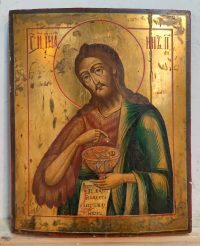

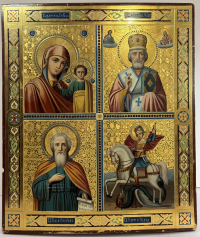
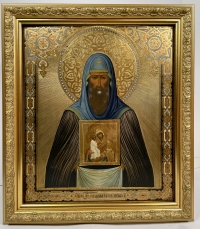
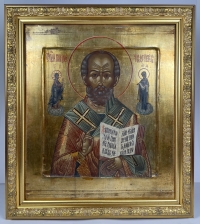
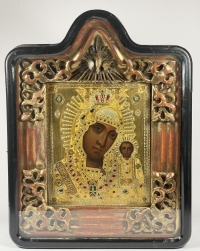
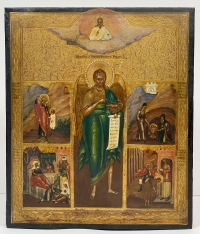
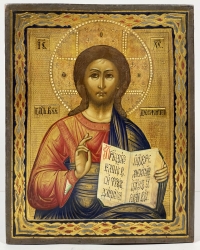


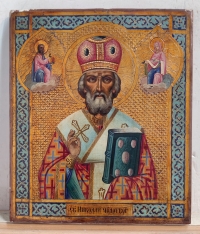
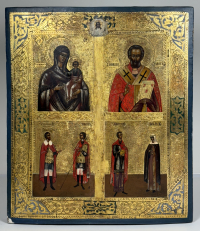
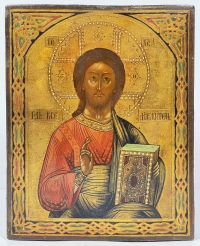
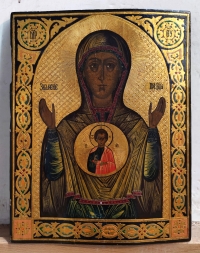


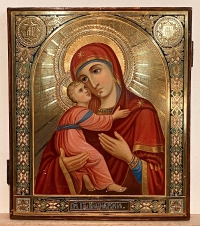
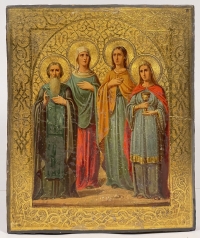
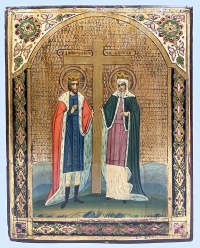
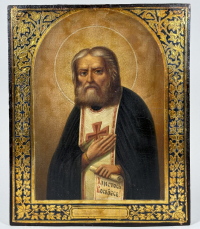
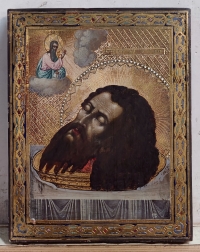
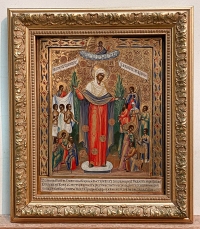

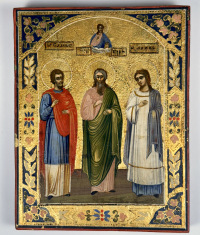
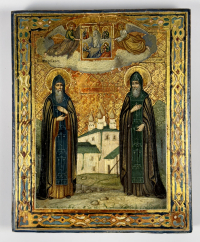
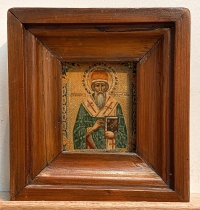
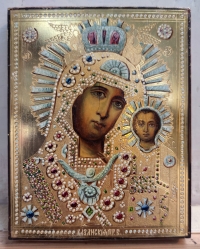
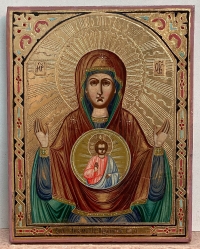


 Поменять язык на русский
Поменять язык на русский 